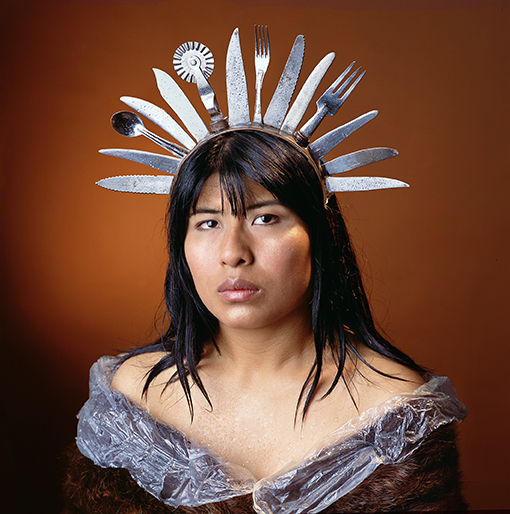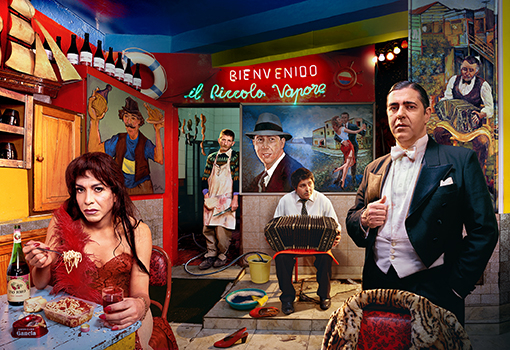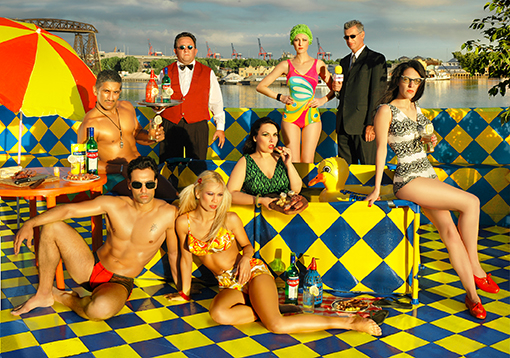Presentation
Argentina - Born in 1958
Pop Latino
The colours are clearly reminiscent of Martin Parr, the humour of Peter Dench, and the images of Andy Warhol. Marcos López, a leading name in Argentinian photography, took up this profession after the 1978 World Cup, where he had met a host of photographers covering the event. Renowned for his Pop Latino series, his photographs are composed like paintings where pop culture, American culture and Latin American clichés (in all senses of the term!) collide. Far-removed from his first black-and-white photographs published in a book in 1993, here he depicts his inventive and surrealist conception of the world around him, creating an amused yet scathing critique of our consumer society and modern times. “I like to exaggerate,” insists López, who is both provocative and observant. He deliberately mixes the profane and the sacred to offer his own kitsch and caustic take on the great religious paintings dear to South American society, where devotion reigns supreme.
Pop Latino
The colours are clearly reminiscent of Martin Parr, the humour of Peter Dench, and the images of Andy Warhol. Marcos López, a leading name in Argentinian photography, took up this profession after the 1978 World Cup, where he had met a host of photographers covering the event. Renowned for his Pop Latino series, his photographs are composed like paintings where pop culture, American culture and Latin American clichés (in all senses of the term!) collide. Far-removed from his first black-and-white photographs published in a book in 1993, here he depicts his inventive and surrealist conception of the world around him, creating an amused yet scathing critique of our consumer society and modern times. “I like to exaggerate,” insists López, who is both provocative and observant. He deliberately mixes the profane and the sacred to offer his own kitsch and caustic take on the great religious paintings dear to South American society, where devotion reigns supreme.
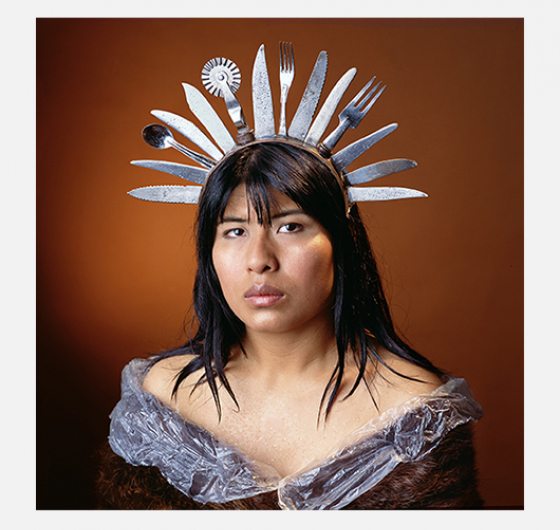
©Marcos López
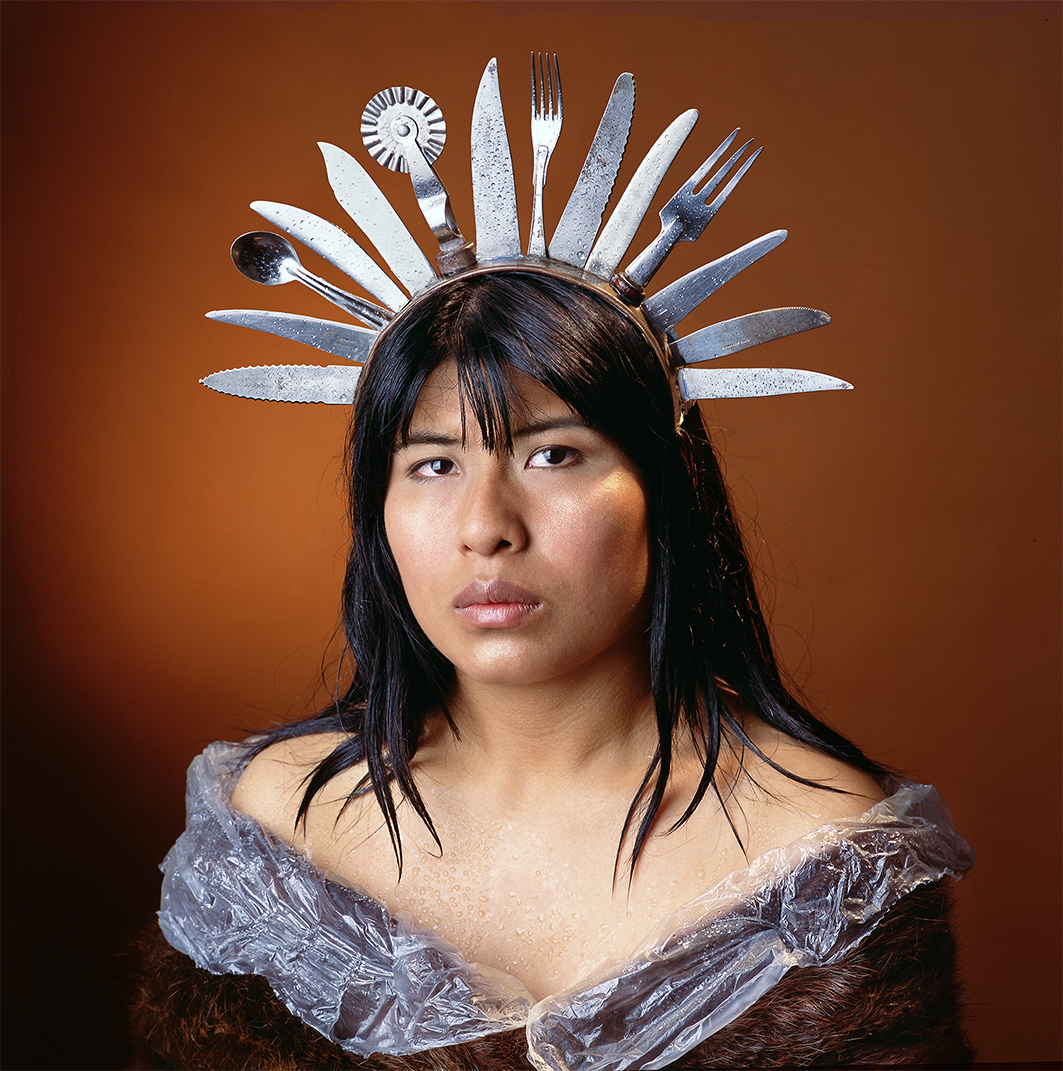
Exhibition
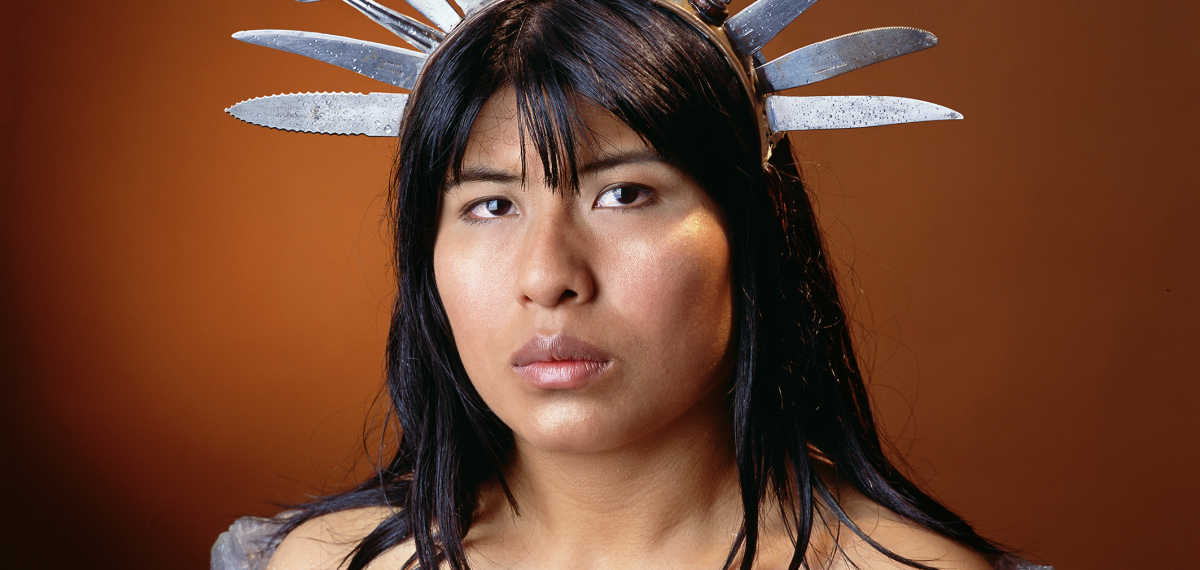
Viva Latina !
The colours are clearly reminiscent of Martin Parr, the humour of Peter Dench, and the images of Andy Warhol. Marcos López, a leading name in Argentinian photography, took up this profession after the 1978 World Cup, where he had met a host of photographers covering the event. Renowned for his Pop Latino series, his photographs are composed like paintings where pop culture, American culture and Latin American clichés (in all senses of the term!) collide. Far-removed from his first black-and-white photographs published in a book in 1993, here he depicts his inventive and surrealist conception of the world around him, creating an amused yet scathing critique of our consumer society and modern times. “I like to exaggerate,” insists López, who is both provocative and observant. He deliberately mixes the profane and the sacred to offer his own kitsch and caustic take on the great religious paintings dear to South American society, where devotion reigns supreme.
Pop Latino
Argentina - Born in 1958The colours are clearly reminiscent of Martin Parr, the humour of Peter Dench, and the images of Andy Warhol. Marcos López, a leading name in Argentinian photography, took up this profession after the 1978 World Cup, where he had met a host of photographers covering the event. Renowned for his Pop Latino series, his photographs are composed like paintings where pop culture, American culture and Latin American clichés (in all senses of the term!) collide. Far-removed from his first black-and-white photographs published in a book in 1993, here he depicts his inventive and surrealist conception of the world around him, creating an amused yet scathing critique of our consumer society and modern times. “I like to exaggerate,” insists López, who is both provocative and observant. He deliberately mixes the profane and the sacred to offer his own kitsch and caustic take on the great religious paintings dear to South American society, where devotion reigns supreme.

